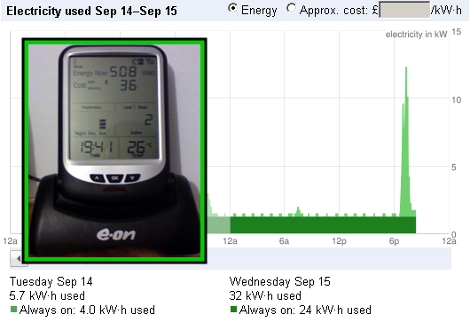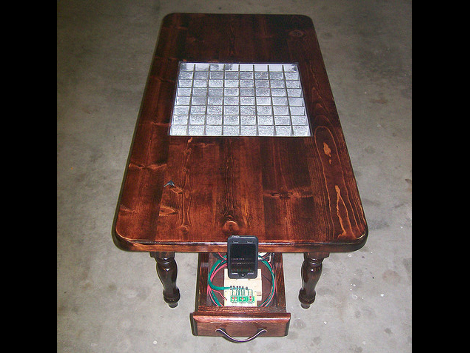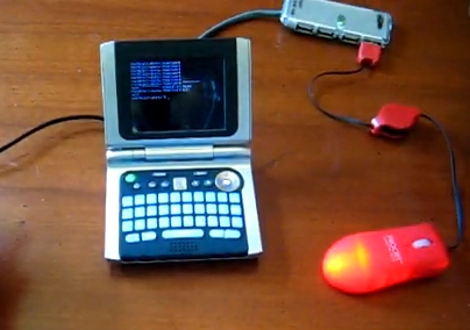6502 Gate Simulator

Ever wondered what’s going on inside that chip as the program executes? Now you can take a look at the die itself with this visual gate simulator for the 6502 processor. [Thanks Puli and Svofski]
Copper corrosion

[Moogle] cracked open his DockStar to find corroded copper. It seems that Seagate left a portion of the ground plane unprotected and it reacted badly with the shielding metal. If you have one of these devices you might want to crack it open and tin the exposed copper so that it will hold up over time.
Segway kickstand

Don’t want your Segway to flop over when you park it? Follow [Paul’s] lead in building a kickstand for the self-balancer. You can just make it out in the image above. It’s a dumbell that folds down from the handlebar tube when you’re not on board.
Tesla makes everything better

Do you like the song Iron Man? We think it’s better when our friend Nikola takes part.
No Smoking

Smoking is really quite bad for you. Plus you can’t chain smoke nearly as efficiently as this mechanical smoking machine can so don’t even try. [Thanks Ferdinand]
















